

What are the teaching methods Designmatters uses to enhance students’ abilities and to show them how they can use design as a tool for a better future?
At the undergraduate level we have made the decision to function horizontally across all disciplines, which means that we develop projects that are embedded in the curriculum and touch students from all of our majors: from our industrial design disciplines to our communication design ones. Any student can be part of these courses which are structured to emphasize collaboration and experiential learning outcomes. We believe that there are a lot of lessons and methods in social impact design that will inform the education of any well-rounded designer, whether they end up working strictly on a commercial portfolio or whether they want to pursue a career pathway in the space. In other words, we feel that it is a holistic approach to learning that we can impart to any student here. And those who really want to have an in-depth tool kit that is a little bit more specialized have the choice to do that through the Designmatters Concentration, a course of study in social impact design that we offer. We really believe in the “T-shaped” designer. This defines someone who has a very strong depth of skill sets in one single field: for example, someone like a graphic designer with beautiful skills for visualization and typography or motion graphics, who also possesses a Designmatters social innovation type of outlook, the horizontal bar of the “T” perhaps being defined by critical thinking skills, empathy, expertise for collaboration, etc. In the kinds of projects Designmatters takes on, key learning outcomes typically come from a team-based and collaborative approach with non-designers and with external partners. So students are exposed to designing with a lot of constraints in a real-world type of laboratory environment. That adds significant complexity to our courses, in turn these layers enrich both the teaching and learning that happens. The students get a great sense of agency from these projects, because suddenly they are working on very real situations and contexts. They experience how they can contribute in a tangible and concrete way that isn’t always possible in a pure classroom environment. When you are a creative and you witness how your or your team’s idea or proposed solution gets traction with stakeholders and sometimes leads to some form of implementation or action, it can be very empowering. So, we really do emphasize this idea to our students, i.e. how much you can contribute as a creative, and how much opportunity you have to make a positive difference. This is one core message that is aspirational but also prominent in our program. Another important dimension to remember about what it takes to practice in this space of social innovation is related to the concept of humility. I believe a lot of these projects are humbling, because you realize that on one hand you have the invitation to, and can really make a difference, and on the other you can also become suddenly aware that your idea is just a small part of something much bigger, of a larger whole. This implies huge responsibility. I do think it is a very healthy kind of humility that ensues.
the interview in full- length will be publishedin a book after our journey.stay tuned – #thewalzhappens
atop the san gabriel mountains, we met mariana amatullo, vice president of Designmatters, the award-winning social impact department she co-founded in 2001 at Art Center College of Design. Designmatters — where art and design education meets social change. “Designmatters allows us to look at the world as a classroom, with an eye toward changing it for the better. we aspire to redefine and expand the role of the artist and designer into one who is a catalyst for social change and innovation.” – mariana amatullo
| date: | may, 2015 |
| city: | los angeles |
| interview with: | mariana amatullo |
| www: | designmattersatartcenter.org |
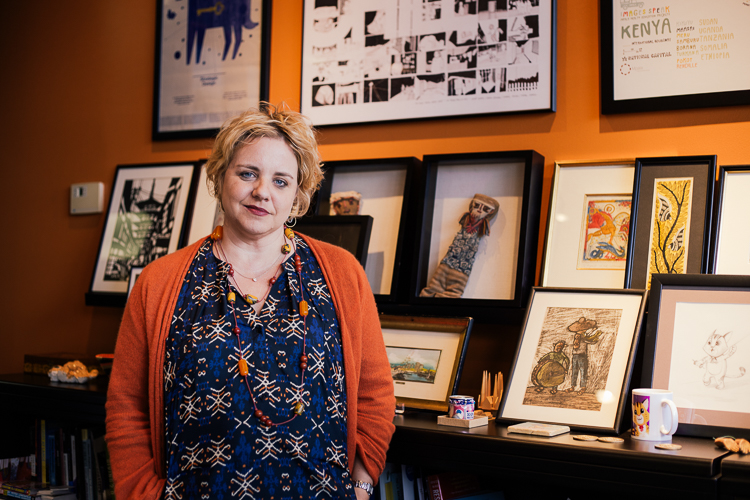
"I think there is definitely a generational trend. Even in my time here - 15 years now - the students are much more aware and interested in meaningful work."

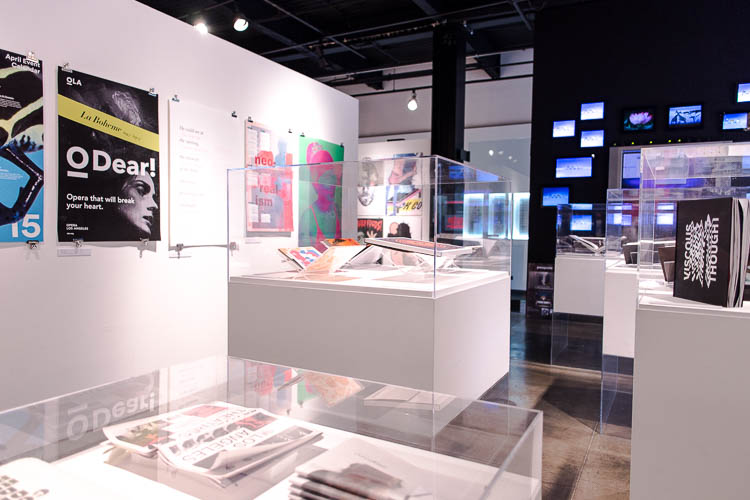
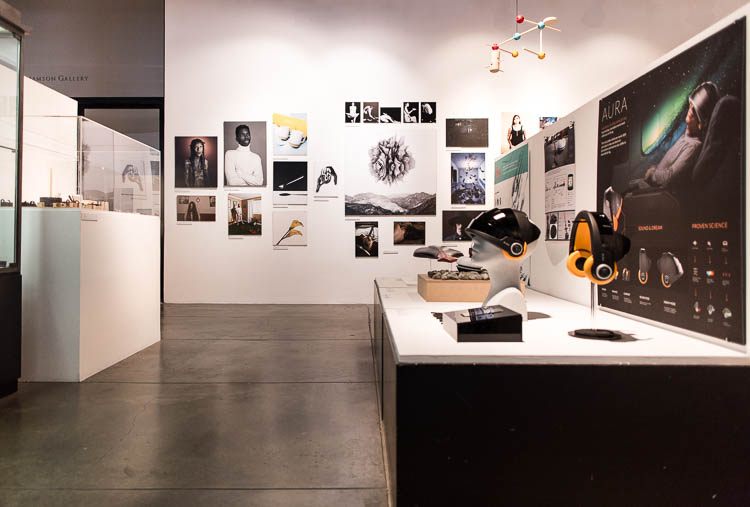

VISION
An engaged mode of art and design education that forms creative leaders, Designmatters provides the know-how and aspiration to shape the futures we truly desire for a more sustainable and equitable world.
MISSON
Through research, advocacy and action, Designmatters engages, empowers and leads an ongoing exploration of art and design as a positive force in society.
SCOPE
Designmatters is integrated across all the educational departments at Art Center College of Design.
4 THEMES
Sustainable Development: At the environmental, social and economic levels, this pillar addresses global challenges by meeting the need of the present without compromising the future. Public Policy: With a focus on mobilizing decision-making and provoking change at the policy level, this pillar explores communication tactics and advocacy strategies. Global Healthcare: Touching on health issues that impact global populations, this pillar creates the designs of environments, products, systems of delivery, and communication portals. Social Entrepreneurship: Using innovative, market-based approaches to create social and environmental impact, this pillar guides a new generation of innovators who want to do well by doing good.
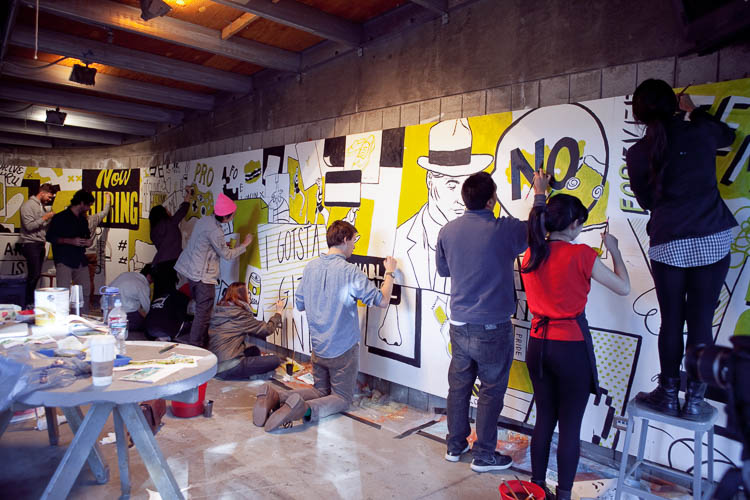
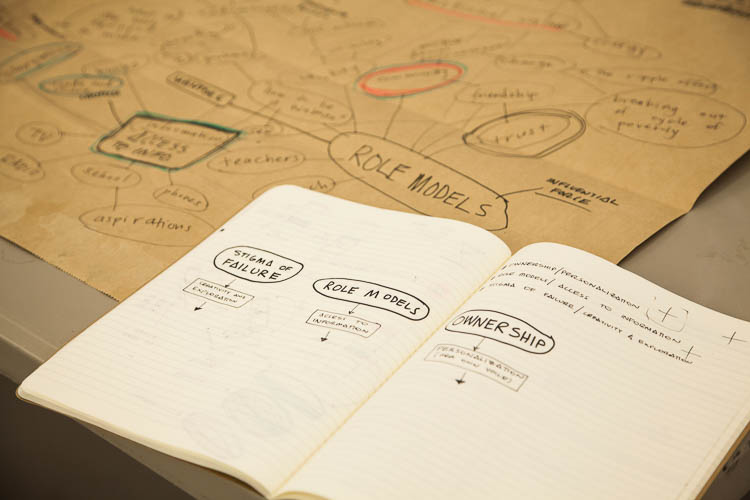
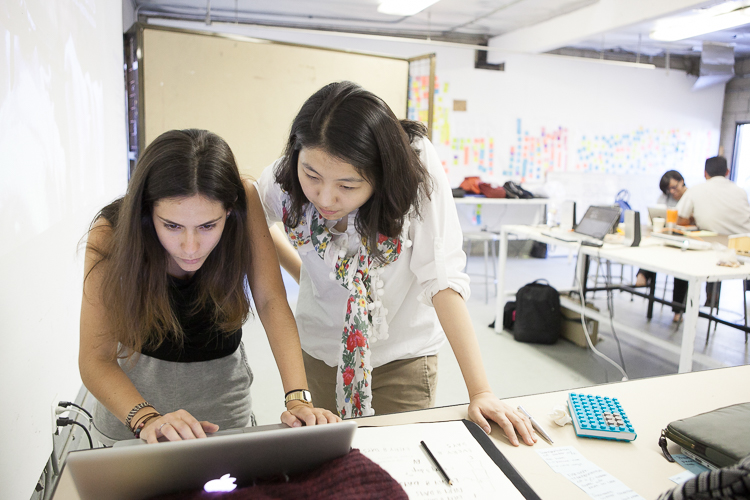
all images and the text of the featured project are from designmatters.